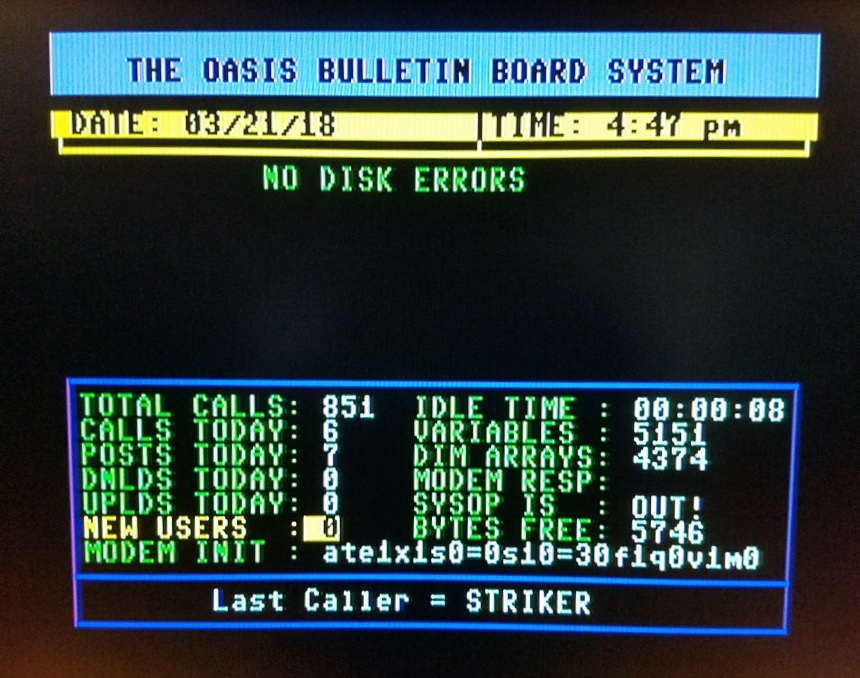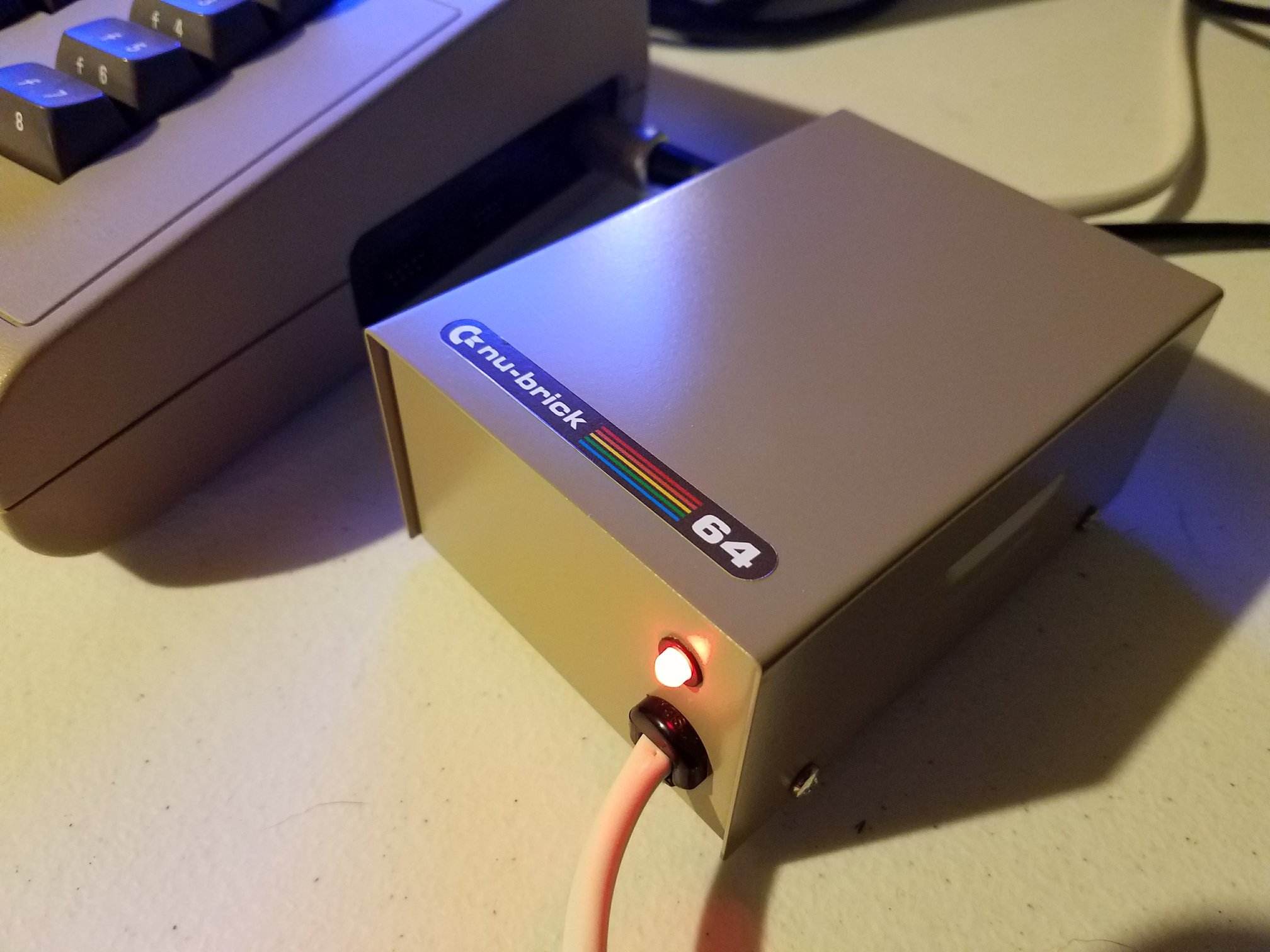A new episode of The 8-Bit Theory tackles a clever challenge, a fully functional MEGA65 dungeon crawler that fits within one BASIC screen. Built for the “Screen Full of BASIC 2025” competition, the entire game fits in just 80×25 lines. That’s not just compact, it’s impressively efficient.
From the start, this demo packs in features. It has a compass, first-person movement, teleport tiles, message triggers, and spinners that change direction. Despite the limitations, the engine handles strafing, wall detection, and screen rendering.
The developer begins with the game’s structure. Instead of arrays, REM statements store map and wall data. A function called P pulls values directly from memory, bypassing BASIC’s read limitations. This technique helps avoid extra memory use and keeps the code short.
Next comes wall rendering. Screen coordinates are compacted into a single line and expanded at runtime using math tricks. The game draws walls using the BOX command and calculated x/y pairs. A tiny tool helped generate the values to avoid typing mistakes.
After that, the game loop kicks in. Player movement, direction checks, and collision detection all run through brief logic blocks. A string-based render list replaces a full array, cutting down on code length without losing depth. Compass directions and tile messages appear using character offsets instead of large lookups.
Even better, the game draws its 3D view instantly on launch, skipping the need for a keypress. A GOTO call makes this happen without slowing performance—thanks to the MEGA65’s 14 MHz speed.
This isn’t a full game, but it serves as a smart technical showcase. It demonstrates how far a coder can push BASIC with smart tradeoffs and some creative problem-solving.
Looking ahead, the next video will feature a new project: a dungeon crawler for the Commodore 128 using the VDC chip.







